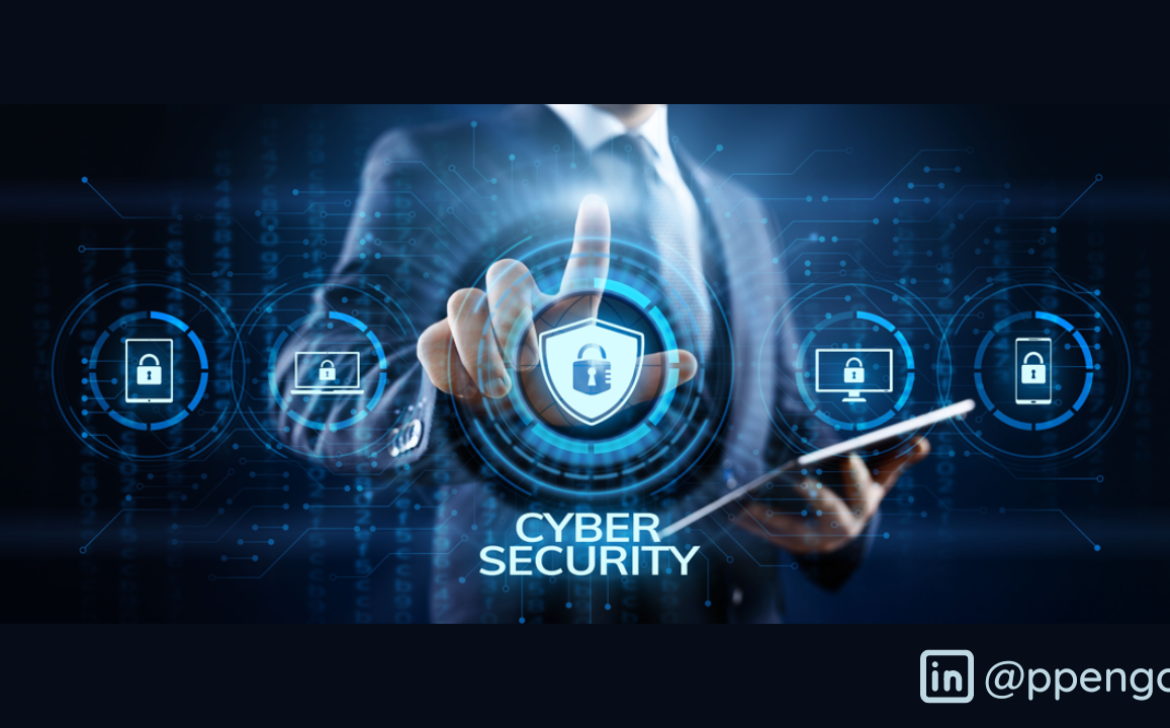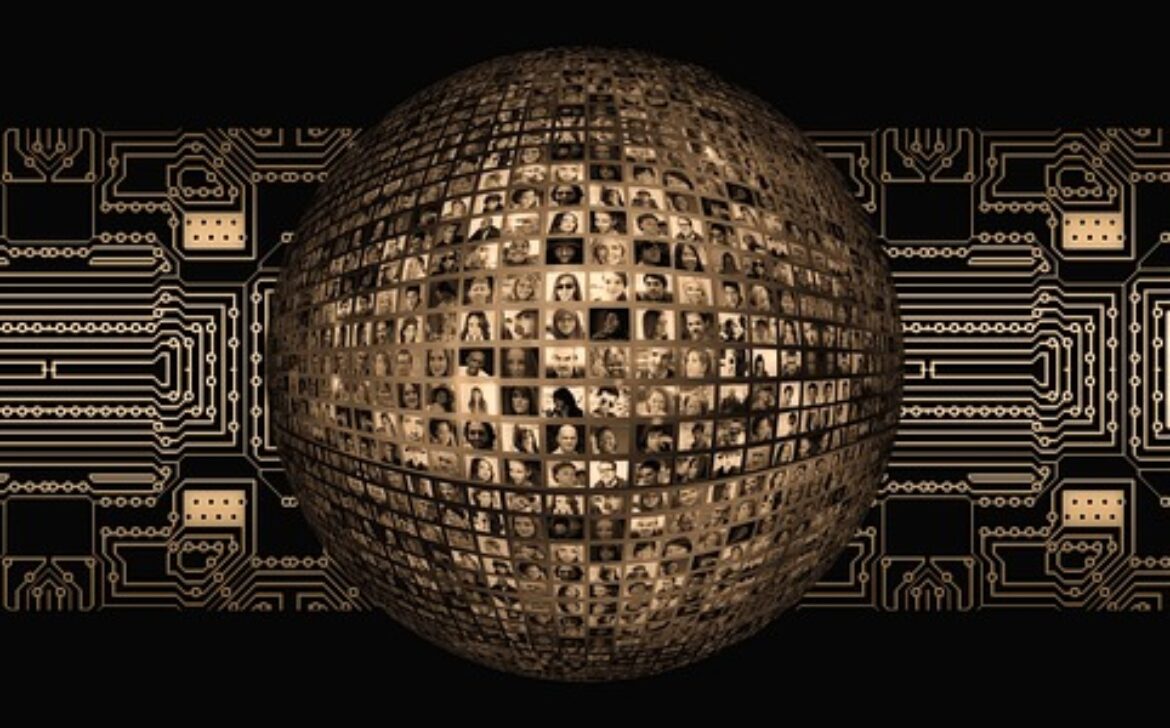Navigating the Digital Frontier: Cybersecurity in a Changing Landscape
In today’s interconnected world, where data flows seamlessly, the importance of cybersecurity has never been more critical. As technology advances, so do the threats that exploit it. Let’s explore the dynamic landscape of cybersecurity threats and the evolving defenses that safeguard our digital realm.
The Expanding Threat Landscape:
- Sophisticated Attacks: Cybercriminals employ advanced tactics, like ransomware and phishing, targeting individuals, businesses, and governments alike.
- IoT Vulnerabilities: The Internet of Things (IoT) brings convenience but also exposes vulnerabilities, as more devices connect to the internet.
Emerging Threats:
- AI-Powered Attacks: Hackers harness AI for more targeted attacks, bypassing traditional security measures.
- Supply Chain Attacks: Cybercriminals exploit vulnerabilities in third-party software or services to breach the main target.
Defending the Digital Realm:
- Multi-Layered Security: Combining firewalls, encryption, and intrusion detection fortifies networks against diverse threats.
- User Education: Educating users about cybersecurity best practices reduces the risk of falling for scams or malware.
Zero Trust Model:
- Trust No One: The Zero Trust model assumes no trust, requiring verification at every point of access.
- Micro-Segmentation: Dividing networks into smaller segments limits lateral movement of threats, minimizing potential damage.
AI and Machine Learning:
- Behavior Analysis: AI and ML analyze user and network behaviors, swiftly detecting anomalies that may indicate a breach.
- Automated Response: AI-driven systems can react in real-time, mitigating threats before extensive damage occurs.
Collaboration and Cybersecurity:
- Public-Private Cooperation: Governments and private sectors collaborate to share threat intelligence and bolster defenses.
- Global Standards: Unified cybersecurity standards ensure consistent protection across borders and industries.
The Human Factor:
- Social Engineering: Human manipulation remains a potent threat; awareness is key to avoiding traps.
- Ethical Hacking: White-hat hackers help identify vulnerabilities before malicious actors exploit them.
Conclusion
The digital age presents boundless opportunities, but it’s accompanied by a complex web of threats. Cybersecurity is a perpetual arms race, with defenders developing innovative strategies against evolving threats. By staying informed, employing best practices, and embracing collaborative efforts, we can fortify our digital world, ensuring that technology remains an enabler rather than a vulnerability.









